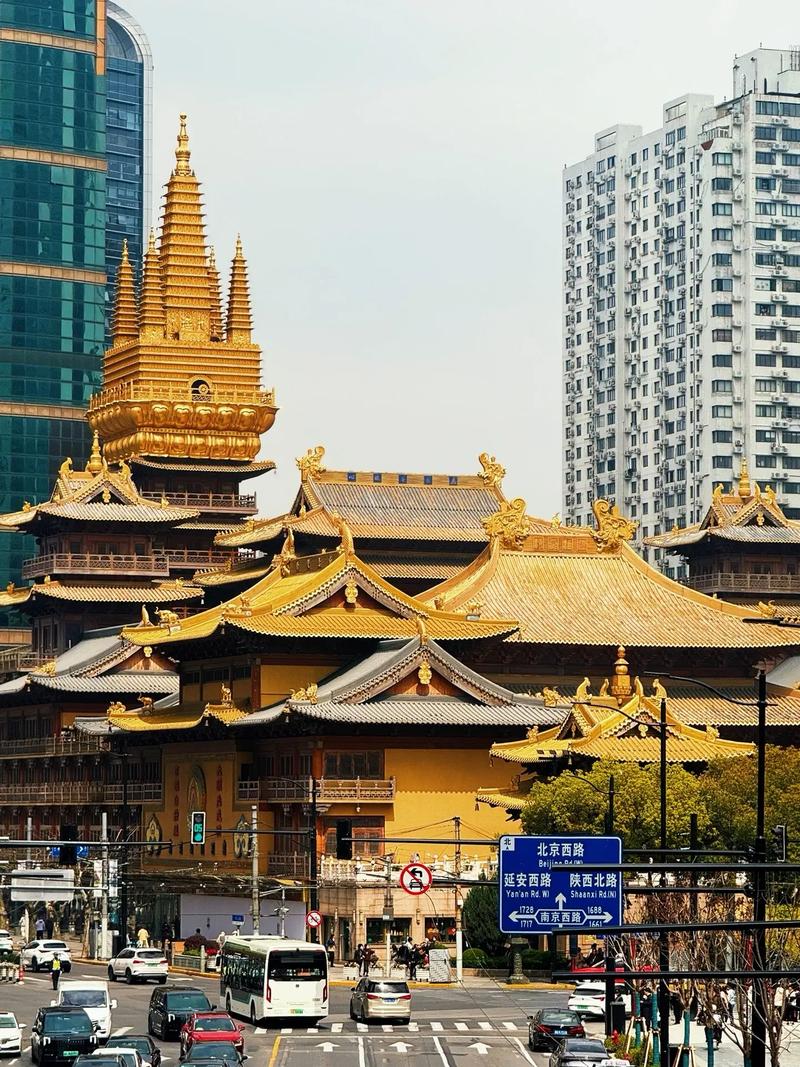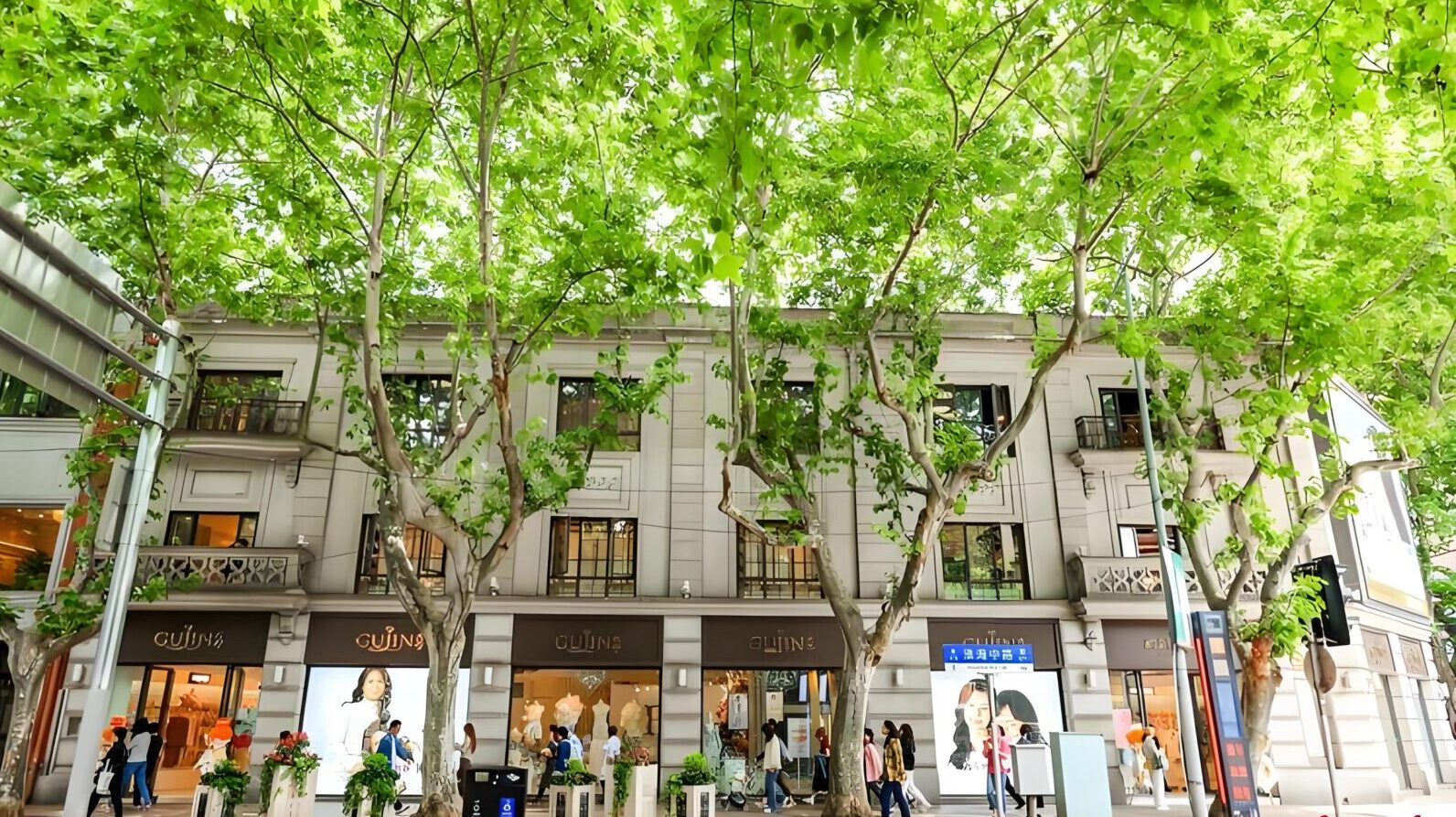Shanghai is one of the few cities that seamlessly combine modernity with age-old traditions. As the Pearl of the Orient, it boasts a breathtaking skyline saturated with towering skyscrapers, rich historical sites, exquisite parks, bustling markets, and an intense collection of cultural experiences. Shanghai has much to offer for every type of traveler, be it strolling down the Bund, taking in the sprawling skyline glory of Lujiazui, or getting lost in the Yu Garden’s old world beauty. In this article, I will share a detailed account of the best Shanghai tour packages I could find, which are optimal for tourist satisfaction. Get ready to explore curated offers that guarantee your trip becomes lifelong cherished memories while enabling you to unveil the eye-catching pieces of the city alongside the lesser-known treasures.
What Makes a Shanghai Tour Unforgettable?
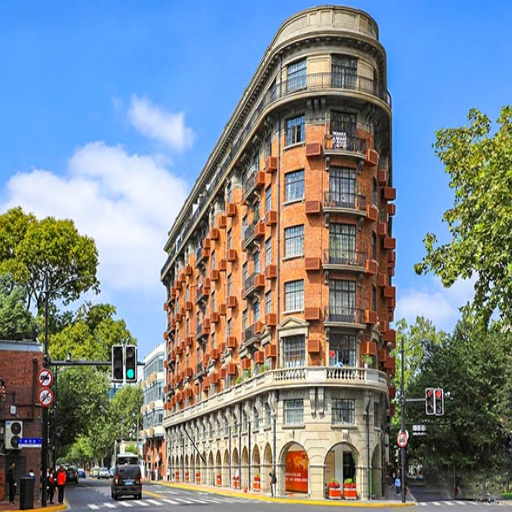
Exploring Shanghai's Modern Landmarks
The modern skyline of Shanghai is a wonder of urban innovation and architecture. It hosts the renowned Lujiazui financial district, which contains some of the world’s tallest buildings. The awe-inspiring Shanghai Tower is 632 meters high, and its twisting form gives it an unparalleled observation deck that provides unrivaled views of the city. Close to the tower is the Oriental Pearl Tower, which serves both as a television tower and a tourist attraction for its breathtaking views of the city and its exciting exhibitions. It also has futuristic spheres that make it easier to recognize.
For visitors who enjoy art and culture in a modern setting, the Long Museum has world-class exhibits. Other cutting-edge galleries and museums include the Yuze Museum and other contemporary art centers located in the West Bund area. While walking along the West Bund Riverside, one can view modern architectural designs in juxtaposition with natural surroundings.
Along with modern shopping complexes, luxury stores, and dazzling lights, Nanjing Road East represents the vibrant shopping culture of the city. After that, you can visit Xintiandi, where you can see the modern interiors of shikumen-styled buildings. It is a hotspot for upscale dining and fashion boutiques.
These landmarks are not only significant in marking Shanghai’s modern developments but also reflect its position as a global city that incorporates technology and tradition fluidly. From the towering and breathtaking skyscrapers to the lively urban centers, the attractions allow one to grasp the essence of a city that constantly looks forward.
Experiencing the History and Culture of Old Shanghai
Old Shanghai is a common tourist attraction where guests can delve into the city's multifaceted history and culture. While visiting places like the Old City and Yuyuan Garden, one can observe Ming Dynasty architecture alongside traditional Chinese landscape artistry. Serving as a hallmark of the 16th century, the pavilion of the Yuyuan Garden provides an epitome of grace, showcasing tranquil ponds and beautifully shaped rocks.
Immerse yourself in the busy atmosphere of Fangbang Zhong Road (also known as Shanghai Old Street) and experience the vivid energy of an ancient marketplace. Featuring both preserved and restored buildings from the Qing and Ming dynasties, this street is truly one of a kind. With traditional food, crafts, and even antiques being sold, every visitor is bound to remember old Shanghai’s charm.
Other than ancient traditions, one of the most forgotten aspects of Shanghai is its notoriety for being a safe zone during World War II. To learn more about this topic, Jewish Refugees have dedicated an entire museum to Shanghai stories, which serves as an eye-opener for many people. In addition, the city’s oldest and largest temple reflects exquisite Buddhist architecture paired with centuries-old traditions, which displays the spiritual legacy of Shanghai and makes it a must-visit.
Engaging with the landmarks and historical places allows one to appreciate how far Shanghai has come since its inception. It has evolved into a bustling and cosmopolitan city, all the while remembering the age-old customs that shape its essence.
The Allure of the Bund and Nanjing Road
The Bund, which is often hailed as the “Museum of International Architecture,” is a breathtaking monument of Shanghai’s historical fusion of Western and Eastern cultures. The Bund is 1.5 kilometers long along Huangpu River, embellished by 52 ancient edifices bearing distinct and modular architectural designs such as Gothic, Baroque, and Art Deco. These buildings showcase 1/20th century Shanghai’s global trading prowess and ancient artistry. However, these days, the waterfront area boasts a sky view of modernized Pudong’s skyline, such as The Shanghai Tower and The Oriental Pearl Tower, showcasing the rapid urban development of the city.
While Shanghai is known for its immense GDP, it has the Nandong Très Rue, a strong contender for the world's busiest commercial road. Home to well over a million visitors daily, the road spans 5.5 kilometers, serving customers with high-end label stores, traditional Chinese shops, and restaurants offering a large array of dishes and food. Visitors are also hoping to enjoy a more pedestrian-friendly zone that highlights colorful street artisans and neon and headline electric flashy signage, adding to modern and ancient artistry and blending the spirit of Shanghai.
How to Choose the Right China Tour Packages?
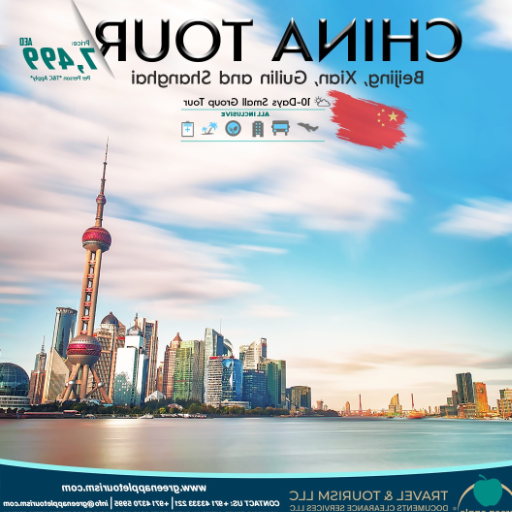
Understanding the Different Types of Tour Packages
Grouping tour packages into one’s budgetary concerns, interests, or travel preferences is often facilitated by comprehending the different forms of packages. In terms of organization, they could be listed as private tours, group tours, and customizable tours, each colorful.
Private Tours: Online travel services and agencies offer these personalized services tailored to individual travelers. Clients can now decide their groups at their timings, concerning when to set off and which sites to attend. With complete control of their guide and vehicle, clients can relax and fully engage the Great Wall, the Terracotta Army, and Guilin’s karst views. Although these might be costlier than other forms, they are the perfect match for families seeking intimacy and focus.
Group Tours: Economically minded and social travelers are badged as explorers, so group tours are most sought after. They allow one to cover vast areas ranging from Beijing to Xi'an and even Shanghai while availing preset schedules and itineraries. These are very budget-friendly. The tour member is liberated from planning every detail in exchange for consolidated transportation and a guide.
Customizable Tours: Numerous tour operators offer customizable packages for a more tailored experience. With these tours, you can create a trip based on your preferences, cultural heritage, nature, or food. Travelers can opt for Chengdu for its pandas, Zhangjiajie for its stunning views, or Hangzhou for the beautiful West Lake. This category's range of flexible options enables you to curate a seamless and intensely personal journey.
Identifying your preferences, praising autonomy and affordability, or leaning towards personal customizations enables you to tailor-make your China tour package, ensuring it meets your travel ambitions and results in a memorable, rich experience.
Finding the Best China Tour for Your Interests
Evaluating considerations like travel modes and attractions per one’s preference and time allows customization of the perfect tour for China. History buffs will appreciate the deep historical cities of Beijing and Xi’an, with relics such as the Great Wall, the Forbidden City, and the Terracotta Warriors, showcasing the invaluable parts of China’s imperial past. Nature enthusiasts are best suited to destinations like Guilin, with its karst landscape, or the Yunnan province, with its dramatic gorges, snow-capped mountains, and rich culture.
For culinary explorers, Chengdu and Xi'an are known for spicy hotpot and other quintessential Chinese dishes, offering deep dives into the country's rich food culture. Modernity with tradition attracts many travelers, and such is the case with Shanghai, where busy city life with futuristic skylines intersects with historic temples and verdant gardens. Seasonal factors must also be considered—China's geographic diversity is best explored during spring and autumn when the weather is favorable.
Consider whether you would rather have a social and economic group tour or a private one, which provides a customized schedule and more freedom. Many photography tours, family-friendly trips, or adventure-driven ones exist, providing options for every interest. Closely reviewing these aspects allows you to have a purposeful and gratifying experience in China designed around your distinct desires.
Comparing Group Tours and Private Tours
Knowing the advantages of each option is essential for understanding their differences when choosing between group and private tours. Group tours especially appeal to budget-conscious travelers who like to mingle with other travelers and participate in shared activities. These tours come with set itineraries, so participants can efficiently visit the main sights while receiving expert guidance. As a bonus, many group tours include meals and accommodations as part of the total fare, thus further enhancing cost effectiveness.
Private tours, in contrast, offer complete flexibility and customization. They appeal to the traveler who wants a more hands-on package since changes can be made concerning schedule, locations, and even the pace of activities. Such is the case of families or couples traveling alone or in small groups who prefer more personalized arrangements. Private tours also tend to feature customized specialist guides, which facilitate higher participation in the area's local customs, history, and off-the-beaten-path sites.
Ultimately, what matters most is the travel objectives set by the individual. Group tours tend to be inexpensive and accompanied by fellow travelers, while private tours grant independence and the ability to be more spontaneous. Thus, everyone is catered for regardless of the travel preferences they seek.
What Are the Must-See Destinations in a Shanghai Tour?
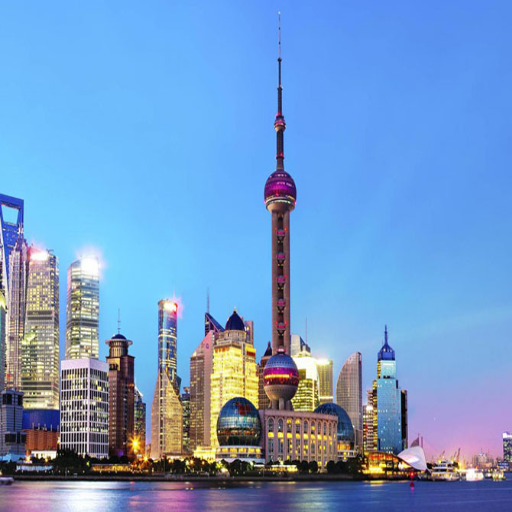
Visiting the Iconic Shanghai Tower
The Shanghai Tower's preeminent record is its height, which reaches 632 meters. More remarkably, it is known for being the tallest building in China and the second tallest in the world. The design also reduces structural wind load and increases stability. Furthermore, the building is often praised for its state-of-the-art double-skin facade, which acts as a barrier to winds while protecting the building’s inner environment. This simultaneously makes the tower impressive from an engineering viewpoint and a green landmark.
Guests can experience the 118th-level observation deck, which hosts breathtaking views of Shanghai, including the stunning skyline, the Huangpu River, and neighboring supertalls like Jin Mao Tower and Shanghai World Financial Center. From the deck, one can comfortably observe the unique blend of modernity and tradition that defines Shanghai. Additionally, it's one of the few places that offers unrestricted revolving views.
The tower itself is not only home to the observation deck but also features an array of high-end dining, retail shops, and exhibition spaces. Due to its spectacular views, sleek modern design, state-of-the-art Facilities, and sustainability features, it is a must-see for anyone traveling to the city. The Shanghai Tower blends innovation and an unobstructed experience.
Discovering the Charm of Shanghai's Huangpu River
The Huangpu River is Shanghai's artery, indispensable for blood cargo ships and trade ferries, while gushing life and culture into the city. Its length is about 113 kilometers, and it flows through the town and bifurcates it, forming two emblematic sections: Puxi, the historic west side, and Pudong, home to the modern skyline. While strolling along the riverside, one can enjoy the colonial-era buildings of the Bund and juxtapose them with the futuristic skyscrapers of Pudong.
Nowadays, tourists enjoy a cruise on the Huangpu River, making for extraordinary views of Shanghai's glowing skyline as the sun sets. The waterfront has wide promenades like the West and North Bund, perfect for a pleasant walk while appreciating the city's beauty. Huangpu is also a vital economic artery with barges busting with cargo and ferries that mark Shanghai as a global trade center, crossing it. Shanghai lies at the geographical crossroads of trade and innovation, which makes it impossible not to be dazzled, lost, and for tourists. This exciting landmark embodies all of Shanghai, where paradox flows endlessly through the city and innovation meets timeless experience.
Exploring the French Concession and Classic Shanghai
The French Concession incorporates history, culture, and modern-day elegance all at once, making it a must-visit for anyone wishing to see the folklore and the present-day version of Shanghai. It is recognized for having three planes lining its streets with rigorous shadows, a European-style cafe, boutique shops, and preserved architecture. The district was founded as a foreign concession in the mid-1800s, and even today, it exudes its historical beauty, which is the reason foreigners and locals love it at the same time.
Located in the French Concession, the exquisite art deco masterpieces are Paris’s finest showcased pieces that depict the architectural variance of Shanghai, thus adding the French Concession as one of its highlights. Furthermore, Wukang Mansion and Sun Ke Villa add to their beauty as outstanding representatives of the said style. On the contrary, the furious Tianzifang district provides a different kind of rush as it has a tight cross-over of narrow streets filled with art galleries, shops, and restaurants serving local and international meals.
For individuals wishing to explore more of traditional Shanghai, a stroll through the Longtang lanes will do that immensely. These Shikumen-style collective domiciles reveal the ordinarily unseen aspects of the lives of Shanghainese people. Both the French Concession and these conserved older parts showcase how extraordinarily Shanghai preserves its immense history while simultaneously showcasing its modernity.
Are There Any Popular China Tours Including Shanghai?
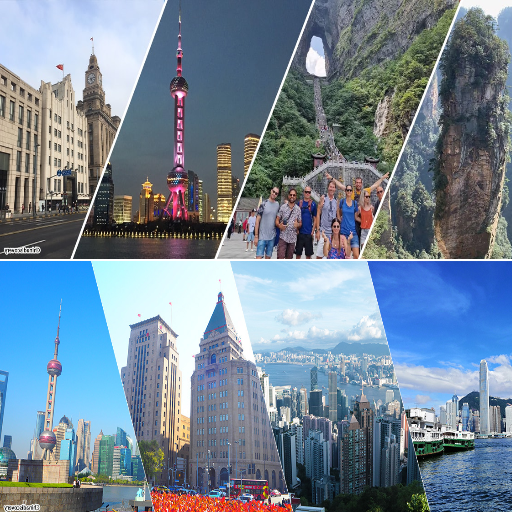
Highlights of a Shanghai and Beijing Tour
A holistic tour of Beijing and Shanghai encapsulates a fascinating blend of centuries-old history and modern stark brilliance, along with cultural immersion. Travelers in Beijing can traverse the Great Wall of China, the Forbidden City, and the Temple of Heaven, which, along with other sites, deeply unveil the imperial tapestry and architectural grandeur.
Travelers venturing into Shanghai experience the ultramodern and futuristic aspects of China. Visitors are welcomed with breathtaking views from The Bund, which illustrates the culmination of modern skyscrapers alongside colonial-era buildings and the unique fusion of East and West that the city exhibits. Walking through the scenic Yuyuan Garden and visiting the crowded Nanjing Road shopping district displays Shanghai’s multifarious charm.
The culinary delights of both cities claim equal fame. Gastronomic Beijing offers Peking Duck, while Shanghai counters with soup dumplings. The mouth-opening, savoring dishes certainly enhance a tour’s cultural value. While touring two of China’s most cosmopolitan cities, this itinerary guarantees travelers a fictionalized living while witnessing exceptional slices of history.
Exploring Suzhou and Hangzhou Near Shanghai
Shrug and look up the phrase “Heaven on Earth,” and it will take you directly to Suzhou and Hangzhou. These two areas are havens of breathtaking natural scenery layered with multifaceted culture. Suzhou is also known as the Venice of the East because it contains numerous classical Chinese gardens and exquisite, gentle stream landscapes exhibiting centuries of history and artistry. The most famous examples of these gardens are the Humble Administrator's Garden and Lingering Garden. Additionally, the city contains an ancient network of canals alongside well-preserved water towns, like Zhouzhuang and Tongli.
Hangzhou is a picturesque city home to the famous West Lake, a UNESCO World Heritage site famous for inspiring countless poets and painters during the last few centuries. Most visitors enjoy relaxing strolls along the willow-lined pathways and later boating around West Lake, viewing remarkable landmarks including Leifeng Pagoda and the Lingyin Temple. Moreover, Hangzhou is a prominent city for tea, specializing in producing green tea, and the famous Longjing (Dragon Well) tea, whose plantations are next to the town. Both Suzhou and Hangzhou deftly mix the old with the new. Thus, granting travelers an unforgettable venture around Shanghai.
Experiencing Shanghai by High-Speed Train to Huangshan
The trip from Shanghai to Huangshan using a high-speed train has now become one of the most convenient modern-day methods of traveling soaked in adventure. It takes two and a half to three hours to cover four hundred kilometers, and during this period, travelers can enjoy plush seating and air-conditioned cabins equipped with views. In China, services are known for their time-efficient nature. The same goes for rail services; they ensure proper time efficiency and comfort to the highest degree.
Tourists can relish the Huangshan, commonly known as the Yellow Mountain, and indulge in breathtaking views of water bodies alongside granite peaks. Huangshan is a UNESCO World Heritage Site and is famous for its pine trees and cloud sea. Shao Xidi and Hongcun are example village centers that display astonishing pieces of ancient architecture, thus adding to the cultural charm of the region. The newly connected Shanghai rail service vibrantly exhibits the Yellow Mountain and aims to attract tourists to the most beautiful parts of China. The use of high-speed trains makes traveling fast and convenient. China's beauty, alongside the historical gems, makes traveling around the country and exploring a long-term getaway an achievement.
How to Create a Custom Shanghai Tour?

Planning the Perfect Itinerary for Days in Shanghai
When exploring Shanghai, I always start by selecting the sights that resonate the most with me, while balancing engaging local interactions. On the first day, I suggest starting with the Bund, which offers stunning views of Shanghai’s skyline and the skyscrapers. After that, the visit to the Yu Garden allows us to escape to the serene, classical, and exotic parts of China, including intricate pavilions, koi ponds, and greenery. Lastly, an excellent way to experience the city’s skyline is to cruise along the Huangpu River.
On the second day, I would start by venturing deep into the French Concession, which is dotted with tree-lined streets, boutiques, and quaint little cafes. This area is fit for walking and adventuring. A visit to the Shanghai or China Art museums would further broaden my understanding of the arts and history of China. Later, I would like to end the day by walking along Nanjing Road and indulging in another serving of delectable Xiaolongbao at a traditional Shanghai restaurant.
Whenever possible, I like to set aside an extra day for exploring the outskirts of Shanghai. A perfect example is Zhujiajiao, an ancient water town that can be visited during a day trip. While strolling along, one can appreciate the scenic views of the canals, arching bridges, and ancient lanes. While the duration of the stay varies, the heart of a successful trip usually lies in the blend of cultural experiences and timeless landmarks that capture Shanghai's essence.
Including Unique Experiences in Your Private Tour
When designing a private tour, I always capture the essence of the destination by curating unique and authentic experiences. In the case of Shanghai, I try to include activities that give a better sense of the city’s culture and history instead of sticking to the beaten tourist paths. For instance, with this city, one traditional tea house I often include in my tours invites guests to master the art of Chinese tea brewing and taste some exquisite blends. This understated and calming experience starkly contrasts with the always-crowded city streets.
Another favorite to add to my list is wandering around the "shikumen" – the narrow streets of old Shanghai. These old and gracious hybrid buildings, which are the fusion of Chinese and Western architecture, often contain small handicraft shops and eateries. These walks showcase Shanghai and glimpse its evolution, instilling admiration for its profound history. To make this experience even more memorable, I can include a local guide to tell the stories of the area and how it has changed over the years.
Moreover, I seek to provide opportunities for creative interactions, such as a local chef teaching me how to make dumplings or a calligraphy workshop. These activities are more than just memorable; they offer a profound way to engage with the culture. The meticulous integration of iconic attractions and extraordinary, one-of-a-kind activities ensures that the tour is truly personal and profoundly unforgettable while celebrating the vivacious spirit of Shanghai in an inviting and deeply appealing fashion.
Balancing Old and New Attractions around Shanghai
In my travels while exploring Shanghai, I try to enjoy both the historic and modern aspects. The city’s rich cultural heritage is prominent primarily in its old town. The narrow streets filled with Ming and Qing dynasty buildings are home to temples such as Yu Garden, where you can enjoy a beautiful classical Chinese garden. Experiencing these historical sites provides a person with a different appreciation for their evolution over the centuries.
Shanghai's sleek, modern side is equally as mesmerizing as its historical areas, if not more so. The futuristic skyline of Lujiazui and some of the old parts of the city are combined with the new. The Pearl Tower and the Shanghai Tower also contribute to the new-age marvels of old Shanghai. I also visited Xintiandi, where modern art galleries and restaurants line the old cobblestone streets. Part of Shanghai’s charm is the balance between innovation and sincerely embracing its history.
The blend of these contrasting experiences enables me to enjoy the full range of what Shanghai offers. I can sip tea at an ancient teahouse or marvel at the city’s modern architectural wonders. Balancing both historic and contemporary attractions allows me to experience the city’s dynamism and diversity in a profoundly holistic manner.
Frequently Asked Questions (FAQs)
Q: What can I expect from a perfect tour package of Shanghai?
A: The tour packages undoubtedly offer visits to landmarks such as the Shanghai Museum, Yu Garden, and the Jade Buddha Temple. The tour also captures the grandeur of the skyline while traversing through the Former French Concession streets and indulges in the rich relish of the city's culture and traditional architecture. Most packages offer excursions to water towns and neighboring cities like Tongli and West Lake.
Q: Can I design a custom tour for my adventure in Shanghai?
A: Yes, customization is a part of almost every travel agency. Whether you’re looking for ancient Chinese gardens, leisurely strolls along canals, or scaling the 632m tall skyscraper, the travel guide will always curate an itinerary perfect for your specifications.
Q: Does Shanghai have a Group tour package?
A: Certainly! Packages are not only helpful for solo travelers. Group tour packages exist, which are geared towards multiple people traveling together. The packages come at a low price and offer a higher value than solo tours, giving access to all the major towns and cities. Meeting new friends while exploring new places is also a bonus.
Q: What are some must-see attractions in Shanghai for first-time visitors?
A: First-time visitors are suggested to explore the Shanghai Museum, Yuyuan Garden, and the view of the skyscrapers in the Pudong district. Disneyland is also highly recommended for family trips. Also, do not miss the opportunity to see the traditional Chinese gardens and walk around in the Former French Concession.
Q: How can I visit Shanghai without a visa?
A: Shanghai has a visa-free policy of 144 hours for travelers from specific countries. This lets you visit Shanghai and the surrounding areas for sightseeing without a visa as long as you possess an onward ticket to a different country. Please confirm the other conditions and eligible countries before your travel.
Q: Which other cities can I visit that are far from Shanghai?
A: There are multiple other cities and water towns, which are a short distance away and great for a day trip from Shanghai. Top of the list, Suzhou is famous for its traditional Chinese gardens, Hangzhou for the stunning West Lake, and Tongli for picturesque canals and ancient buildings.
Q: In what ways can one fully appreciate the Shanghai skyline?
A: For panoramic views of Shanghai’s skyline, consider taking a city tour that includes a visit to the observation deck on the Shanghai Tower or booking a cruise along the Huangpu River, which offers stunning views of the skyline at night when it’s lit up.
Q: Is using a VPN in China safe, and are there any risks related to international websites?
A: Using a VPN while traveling to China is a common practice. However, it is essential to select a trustworthy provider. Because of China’s restrictions on internet usage and VPNs, be sure to use a fortified and always fresh VPN.
Q: What major cities would someone expect to visit during a 6-day tour of southern China?
A: Some major cities a traveler will visit during the 6-day tour are Shanghai, where visitors will see the Shanghai Museum and Yuyuan Garden, and then they will move to Tongli and Hangzhou to see the famous West Lake. The itinerary is flexible and changes based on personal interests.
Q: What are some ways I can experience culture while in Shanghai?
A: To immerse oneself in Shanghai's culture, it is recommended to sample specific foods at traditional eateries and ancient Chinese tourist spots. Moreover, one should actively participate in cultural activities like calligraphy workshops. One can also explore the Former French Concession and interact with local people at some of the markets and tea houses to gain a much deeper understanding of their way of life.
